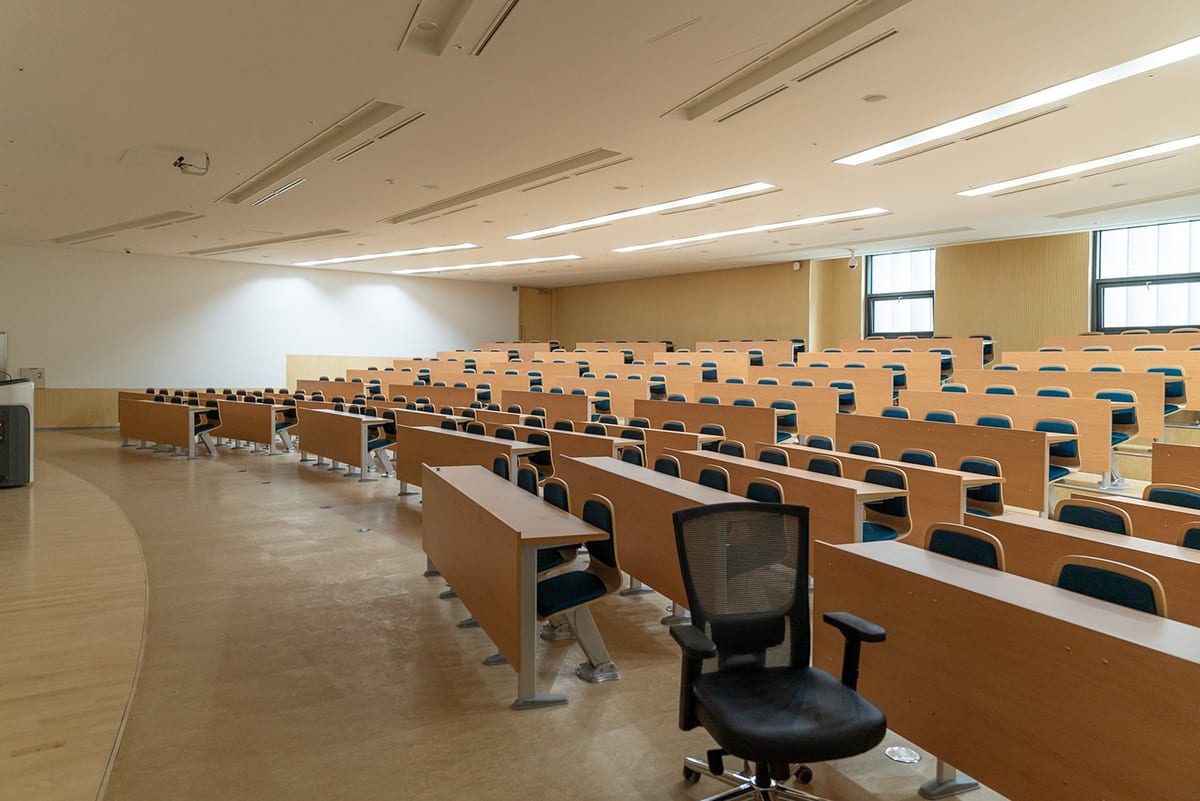In a typical course that uses the flex model of blended learning, learners interact with online components and the instructor during the same class period. Recently the word “flex” has come to mean having options and having control. Both describe the flex model.
Typically, a class using the flex model takes place in a computer lab. There should be enough computers for everyone in the class. Learners use the computers to complete online components of a course. These modules can be synchronous or asynchronous. While learners work on computers, the instructor remains in the same room. The option part “flex” is having the chance to ask the instructor for clarification or direction. This method offers learners the reassurance that the information they study is what their instructor expects them to master.
The second meaning of flex refers to the learners’ ability to control how quickly they proceed through a course. Learners work independently through online material. Their progress doesn’t depend on a partner or group work. They don’t have to proceed at their instructor’s pace, either. Many learners like controlling how long they spend on each topic. One learner may already know most of the information of a module. So the learner can go to the next one. However, another learner may be new to the topic and require additional time.
The flex model of blended learning is ideal for educational programs centered around technology. For example, learners mastering a new computer language benefit from hands-on experience. But they can ask the instructor for a deeper explanation when necessary.
Instructors may prefer the flex model, too. Since learners work independently, instructors can be sure of each learner’s authentic progress. When learners work in groups, it isn’t uncommon for one or two learners to carry the weight of the project. The others in the group may not have the opportunity to master the material. The flex model allows instructors to monitor every learner’s mastery.
Independent learners appreciate the flex model of blended learning. They have access to the instructor if they have a question. Yet, they can move as quickly through a course as they feel comfortable. The flex model gives the learner full control, which fits the objective of higher education.
Want to Know Some of the Potential Challenges of Blended Learning?
Download our free PDF!





